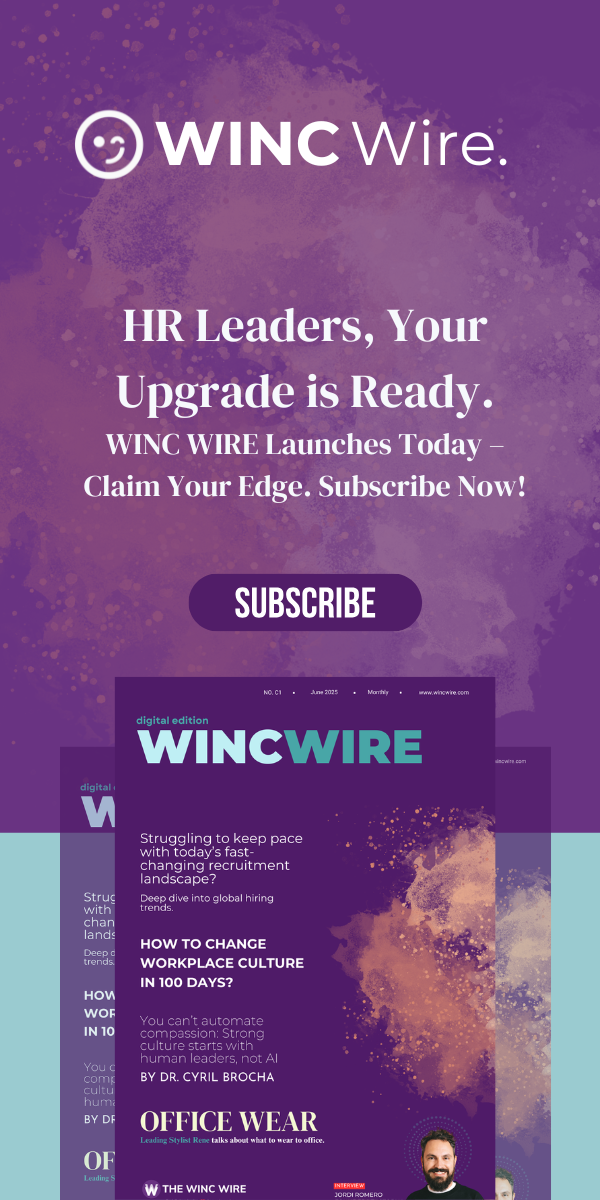Balancing in-office presence with flexible working remains one of the most nuanced challenges facing business leaders today. While both offer clear benefits, the manner in which the return-to-office (RTO) narrative is currently framed often creates unnecessary friction. When industry giants like Google, Disney, IBM, and Amazon introduced mandates to return to physical workplaces, their tone appeared more combative than collaborative sparking understandable backlash among employees.
Drawing from both boardroom discussions and on-the-ground feedback, it’s evident: the return to office should not be a decree, but a dialogue.
Reframing, Not Reinforcing
In leadership, language is never neutral it’s either a bridge or a barrier. Framing, the lens through which an issue is presented, plays a critical role in how messages are received. Rather than framing the RTO as a “battle” between corporate needs and employee desires, organisations must shift the narrative toward mutual purpose. This isn’t about conceding ground; it’s about creating common ground.
Too often, conversations are locked in zero-sum logic if leadersleaders win, employees lose. But reframing work design as a shared journey reframes the very nature of flexibility. It becomes a symbol of organisational agility and cultural maturity, not a point of contention.
Leading with Empathy, Acting with Intent
Many employees made major life decisions during the pandemic relocations, new caregiving roles, changes in daily rhythm that are not easily reversible. Leaders must acknowledge these personal realities with candour. This is not about reversing policy decisions but understanding their human implications.
Express this understanding aloud. Say it clearly. Let your workforce hear that you recognise their sacrifices and are committed to shaping a model that works for both the business and the people who make it thrive. Replace combative language with collaborative vocabulary. Terms like “office mandate” should give way to phrases like “designing the future of work together.”
Emphasising Mutual Value
One of the false dichotomies often presented is that remote work threatens company culture. But culture is not about location it’s about connection. Employees want to belong, and they value high-quality relationships at work, just as much as leaders value productivity and innovation.
Face-to-face engagement can unlock spontaneous creativity and innovation. Equally, flexible working gives people autonomy, increasing focus and efficiency. When communicated well, these aren’t competing needs they’re complementary strengths. The goal isn’t to pick sides, but to build a workplace rhythm where both modes reinforce one another.
The Iterative Path Forward
There is no single blueprint for getting this right, and that’s okay. The most future-ready organisations treat workplace strategy as a living system adaptive, responsive, and inclusive.
Instead of a rigid directive, adopt a phased, pilot-first approach. Let data guide decisions and feedback shape the path ahead. Reassure teams that policies will evolve. That openness alone cultivates a culture of trust.
Likewise, reimagine the office as a destination, not an obligation. Emphasise what makes in-person work meaningful access to mentorship, impromptu collaboration, and the shared pulse of a team working in sync. Generate a sense of FOMOO: fear of missing out on the office, not fear of being forced into it.
Leadership in Practice: A Blueprint
- Host Listening Sessions: Start with empathy. Let employees share their realities. Let them feel heard.
- Test & Learn with Pilots: Launch test models. Monitor what works. Course-correct where necessary.
- Keep Communication Open: Consistency breeds confidence. Be transparent, even when answers are evolving.
- Celebrate the Small Wins: Recognise incremental progress. Culture is built not by declarations, but by daily gestures.
Closing Thought: A Tapestry, Not a Tug of War
The return-to-office conversation need not be adversarial. When reframed with empathy, guided by data, and grounded in trust, it becomes a collaborative opportunity. The future of work is not a battleground it’s a shared endeavour, a tapestry woven from operational needs and human hopes.
Leaders must not merely lead the shift they must humanise it. That’s how we unlock not just productivity, but purpose.



